Hyundai IONIQ 5 vs ZEEKR 7X – Which car suits you better?
Both models have their strengths – but which one suits you more?
Compare performance, efficiency, price and space directly: Hyundai IONIQ 5 or ZEEKR 7X?
Costs and Efficiency:
Looking at overall running costs, both models reveal some interesting differences in everyday economy.
Hyundai IONIQ 5 has a a bit advantage in terms of price – it starts at 38500 £, while the ZEEKR 7X costs 45400 £. That’s a price difference of around 6935 £.
In terms of energy consumption, the advantage goes to the Hyundai IONIQ 5: with 15.60 kWh per 100 km, it’s to a small extent more efficient than the ZEEKR 7X with 17.70 kWh. That’s a difference of about 2.10 kWh.
As for range, the ZEEKR 7X performs slight better – achieving up to 615 km, about 45 km more than the Hyundai IONIQ 5.
Engine and Performance:
Under the bonnet, it becomes clear which model is tuned for sportiness and which one takes the lead when you hit the accelerator.
When it comes to engine power, the Hyundai IONIQ 5 has a barely noticeable edge – offering 650 HP compared to 646 HP. That’s roughly 4 HP more horsepower.
In acceleration from 0 to 100 km/h, the Hyundai IONIQ 5 is minimal quicker – completing the sprint in 3.50 s, while the ZEEKR 7X takes 3.80 s. That’s about 0.30 s faster.
In terms of top speed, the Hyundai IONIQ 5 performs to a small extent better – reaching 260 km/h, while the ZEEKR 7X tops out at 210 km/h. The difference is around 50 km/h.
There’s also a difference in torque: Hyundai IONIQ 5 pulls hardly perceptible stronger with 770 Nm compared to 710 Nm. That’s about 60 Nm difference.
Space and Everyday Use:
Beyond pure performance, interior space and usability matter most in daily life. This is where you see which car is more practical and versatile.
Both vehicles offer seating for 5 people.
In curb weight, Hyundai IONIQ 5 is distinct lighter – 1955 kg compared to 2395 kg. The difference is around 440 kg.
In terms of boot space, the ZEEKR 7X offers slight more room – 539 L compared to 520 L. That’s a difference of about 19 L.
When it comes to payload, Hyundai IONIQ 5 slight takes the win – 530 kg compared to 485 kg. That’s a difference of about 45 kg.
Who comes out on top?
Overall, the Hyundai IONIQ 5 shows itself to be outperforms in nearly all aspects and secures the title of DriveDuel Champion.
It convinces with the more balanced overall package and proves to be the more versatile choice for everyday use.
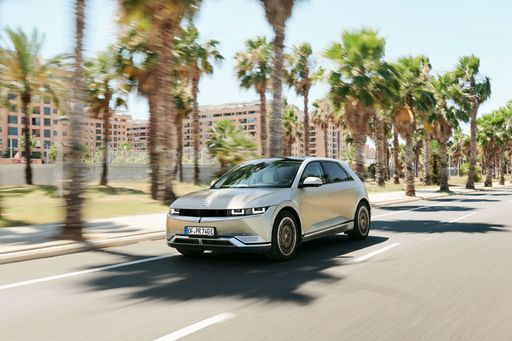
Hyundai IONIQ 5
Hyundai IONIQ 5
The Hyundai IONIQ 5 showcases a bold and futuristic design that captures attention with its striking facade and sharp lines. This electric vehicle offers an impressive blend of performance and efficiency, making it a compelling choice for environmentally conscious drivers. Inside, the spacious and tech-forward interior provides a comfortable and engaging driving experience for both driver and passengers.
details @ hyundai.news
@ hyundai.news
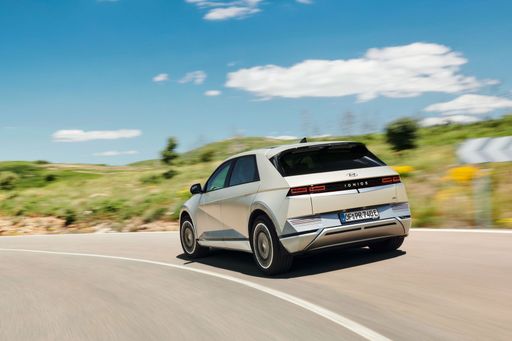 @ hyundai.news
@ hyundai.news
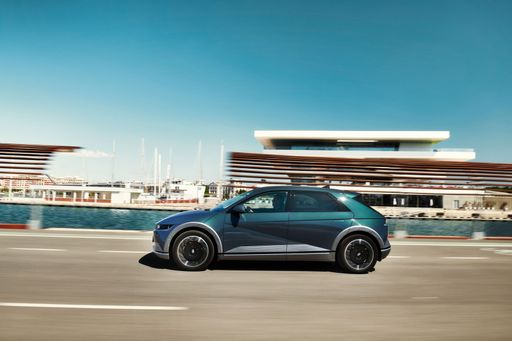 @ hyundai.news
@ hyundai.news
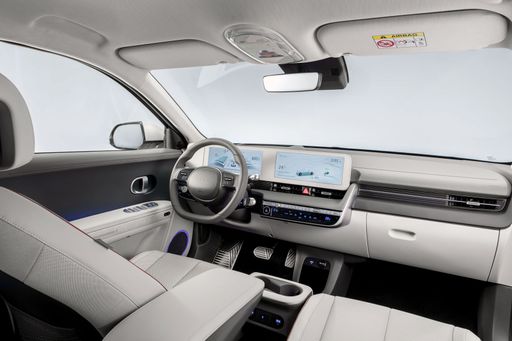 @ hyundai.news
@ hyundai.news
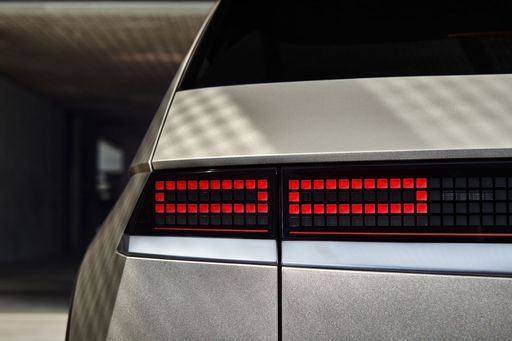 @ hyundai.news
@ hyundai.news
ZEEKR 7X
The ZEEKR 7X is a striking entry into the electric vehicle market, blending sleek aesthetics with a promise of cutting-edge technology. Its design exudes modern luxury while offering advanced features tailored for tech-savvy drivers. Positioned as a competitor in the premium electric segment, the 7X aims to deliver a dynamic driving experience alongside eco-friendly credentials.
details

|
|
|
|
|
Costs and Consumption |
|
|---|---|
|
Price
38500 - 64200 £
|
Price
45400 - 54000 £
|
|
Consumption L/100km
-
|
Consumption L/100km
-
|
|
Consumption kWh/100km
15.6 - 21.2 kWh
|
Consumption kWh/100km
17.7 - 19.9 kWh
|
|
Electric Range
440 - 570 km
|
Electric Range
480 - 615 km
|
|
Battery Capacity
63 - 84 kWh
|
Battery Capacity
-
|
|
co2
0 g/km
|
co2
0 g/km
|
|
Fuel tank capacity
-
|
Fuel tank capacity
-
|
Dimensions and Body |
|
|---|---|
|
Body Type
SUV
|
Body Type
SUV
|
|
Seats
5
|
Seats
5
|
|
Doors
5
|
Doors
5
|
|
Curb weight
1955 - 2275 kg
|
Curb weight
2395 - 2535 kg
|
|
Trunk capacity
480 - 520 L
|
Trunk capacity
539 L
|
|
Length
4655 - 4715 mm
|
Length
4787 mm
|
|
Width
1890 - 1940 mm
|
Width
1930 mm
|
|
Height
1585 - 1605 mm
|
Height
1650 mm
|
|
Max trunk capacity
1540 - 1580 L
|
Max trunk capacity
-
|
|
Payload
385 - 530 kg
|
Payload
455 - 485 kg
|
Engine and Performance |
|
|---|---|
|
Engine Type
Electric
|
Engine Type
Electric
|
|
Transmission
Automatic
|
Transmission
Automatic
|
|
Transmission Detail
Reduction Gearbox
|
Transmission Detail
Reduction Gearbox
|
|
Drive Type
Rear-Wheel Drive, All-Wheel Drive
|
Drive Type
Rear-Wheel Drive, All-Wheel Drive
|
|
Power HP
170 - 650 HP
|
Power HP
421 - 646 HP
|
|
Acceleration 0-100km/h
3.5 - 8.5 s
|
Acceleration 0-100km/h
3.8 - 6 s
|
|
Max Speed
185 - 260 km/h
|
Max Speed
210 km/h
|
|
Torque
350 - 770 Nm
|
Torque
440 - 710 Nm
|
|
Number of Cylinders
-
|
Number of Cylinders
-
|
|
Power kW
125 - 478 kW
|
Power kW
310 - 475 kW
|
|
Engine capacity
-
|
Engine capacity
-
|
General |
|
|---|---|
|
Model Year
2024
|
Model Year
2025
|
|
CO2 Efficiency Class
A
|
CO2 Efficiency Class
A
|
|
Brand
Hyundai
|
Brand
ZEEKR
|
What drive types are available for the Hyundai IONIQ 5?
The Hyundai IONIQ 5 is available as Rear-Wheel Drive or All-Wheel Drive.
The prices and data displayed are estimates based on German list prices and may vary by country. This information is not legally binding.
